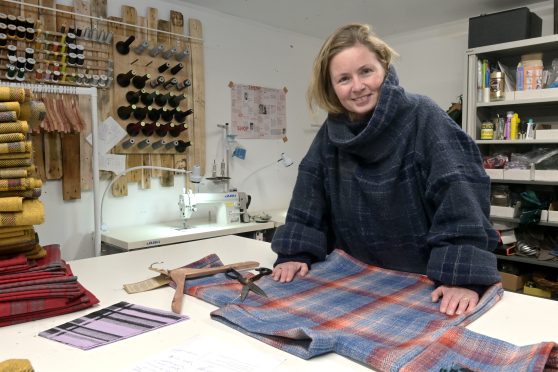
A mill’s mission to protect tartan woven in the Highlands has been met with a snag – as Scotland does not have the power to safeguard it.
Clare Campbell, owner of weaving mill Prickly Thistle in Evanton in Easter Ross, is calling for the approval of a Highland Tartan Act.
Inspired by the Harris Tweed Act of 1993, it would protect tartan woven in the region in an attempt to allow Highlanders to reclaim the iconic national dress – which was banned after the Battle Of Culloden.
One month after submitting a petition to Scottish Parliament to have the Act considered, Campbell received an email on Tuesday explaining her proposal could not be accepted as “intellectual property and geographic indicator regulations are a reserved issue”.
It means that, in order for Scotland to protect Highland tartan, Holyrood would need Westminster approval.
Geographic indicator regulations protect products with a specific geographical origin and unique characteristic – like Jersey Royal Potatoes or Stornoway Black Pudding.
Campbell was advised to take her request to the UK Parliament, and said she will do so.
However, she is concerned about where the power lies.
‘Tartan is an icon of our country’
“I was shocked that Holyrood has no say in our geographical indicator regulations,” she said. “Tartan is an icon of our country.”
Campbell reached out to Brendan O’Hara, SNP MP for Argyll, Bute & South Lochaber, in October to explain her plans for the Highland Tartan Act. He advised her on next steps, unaware she would need to take her fight south.
O’Hara said: “We assumed it would be a devolved power. Not only would it mean something to the diaspora of people across the globe that are passionate about this, but it would bring an economic boost to fragile, rural communities.”
This might not be the end of the discussion in Scotland. Maurice Golden, Conservative MSP for North East Scotland, said exceptions to the rules have been made in other areas – Quality Meat Scotland has the power to label Scotch beef and Scotch lamb, for example – so he can’t see why a case can’t be made for Highland tartan.
“I think it could be resolved very quickly and easily by the Scottish Government pushing the UK Government on this,” said Golden. “Obviously Clare doesn’t have a choice now other than to go through the Westminster system, but I think the Scottish Government could get things moving.”
Golden feels passionately that decisions on tartan’s legacy should be made in Scotland.
He submitted a written parliamentary question to the Cabinet Secretary for Constitution, External Affairs and Culture, Angus Robertson, “to ask the Scottish Government what its position is on efforts to officially recognise the Highlands as the home of tartan textiles”.
O’Hara has also taken steps to help Campbell, asking the House Of Commons which department is responsible for taking her petition forward.
He said: “I love the idea of this powerful, focused, driven, creative woman being the driving force behind saving an ancient Scottish industry. I think from this we could start working towards a system where, if a geographic indicator is exclusively relevant to Scotland, it is a decision for the Scottish Parliament.”
Drew Hendry, ex-SNP MP for Inverness, Nairn, Badenoch & Strathspey, agreed that “there’s no downside to this”.
He added: “There is no reason to object to it – it harms no one and benefits a whole range of people.”
Campbell’s fire hasn’t been dampened by this first hurdle in her mission. In fact, she believes it could even work in her favour. “It could be good for us as Westminster might see it for what it is: something that makes sense,” she said.
“For me, if they say yes, brilliant. If they say no, still brilliant. Stories that have had the most hardship are the ones cherished going forward. They make the biggest impact. We are going into this feeling fearless. This is for all of us and all the people who will come after.”
The UK Government said: “We are incredibly proud of the cultural and economic contribution of Highland tartans to the UK, which is why we have several cross-government programmes to support the industry.
“Tartan may be eligible for protection in the UK through intellectual property rights, including registered designs or trade marks. Collective and certification trade marks can be used to designate the geographical origins of goods.”
It suddenly hit me that I was maybe the only one who could and would be the voice of the Highland dress
“Whether they’re donning a kilt to get married or to go to the rugby, so many men are proud of their Scottishness and heritage. They don’t know they are actually wearing an English uniform,” says Clare Campbell, founder of Prickly Thistle. “Because that’s what they said we could wear.”
In the 18th Century, Fort George was built near Inverness, in part to quash any remaining rebellious Jacobites after the Battle Of Culloden. The subsequent Act Of Proscription banned the wearing of “Highland garb, the playing of pipes and the speaking of Gaelic” in an attempt to suppress Highland identity.
As a result, what we have come to know as Highland dress is, in fact, “appropriated and misconstrued”. Clare explains that traditional Highland dress is a far cry from that adorning shortbread tins and romanticised notions of Scotland today.
“True Highland dress wasn’t formal,” she says. “You wouldn’t have had the military jacket or silver buttons; that was a Victorian, aristocratic thing. It would have been an eight-metre piece of fabric, pleated by hand and wrapped around. If you had fabric left over once you wrapped it you would drape it over your shoulder. The length was practical as it was boggy and peaty.”
Highland Tartan Act
Prickly Thistle is the only tartan-weaving mill in the mainland Highlands. Clare believes she might be the only woman to ever have owned one, as those in the past would likely have belonged to men, even if women were their beating hearts.
In an attempt to enable Highlanders to reclaim what is rightfully theirs – given the name Highland dress – Clare and the team at Prickly Thistle are proposing the Highland Tartan Act, an Act Of Parliament that would ensure tartan woven in the Highlands would have its own stamp of protected authenticity.
“It’s trying to take something back that has always had our name on it but has never been ours,” says Clare, a born-and-bred Highlander. “People will call it their Highland dress and yet not a single thing they’re wearing was made in the Highlands. That’s not fair.”
The Act is inspired by the Harris Tweed Act 1993, but would have some key differences.
“The Harris Tweed Act doesn’t actually stipulate that it has to be Hebridean fleece, it doesn’t even stipulate that it has to be Scottish fleece,” says Clare.
“We’ve got the benefit of learning from what they have done and we need to be brave enough to define what Highland tartan is. We might have different levels, like Highland tartan that is 100% Highland fleece, woven in the Highlands, but also a Highland tartan that is Scottish fleece, woven in the Highlands. We want to acknowledge those nuances and not have to be so black and white.”
Another difference will be that Harris Tweed must be made from “pure virgin wool” meaning, no matter how much they may want to, its weavers cannot use recycled fibres.
“The fashion industry is contributing to 10% of global climate change,” says Clare. “The kilt was originally one big piece of fabric that had a huge size range and could be worn by multiple people. It was worn to death. The reason we look to the past is because we did it better and we didn’t waste a thing. That’s also what we want for the future.”
Prickly Thistle’s Evanton mill whirrs with the sound of its four vintage looms – found by Clare in Selkirk. The oldest, made in 1929, has “hundreds of years in her yet”. Inspiration comes from the past, with wrap-around garments like those that would have been worn by our ancestors, intended to be re-worn time and time again. But patterns and colours are lodged in today’s world, leading to collaborations with the likes of Italian designer Fendi and actor Alan Cumming.
Clare’s story
She hasn’t always spent her days weaving though. Struggling to find purpose in her 9-to-5 as an accountant when her younger brother died at 19, she decided to make a change.
“Losing my brother young showed me how important every day was, your living history, identity and legacy,” said Clare.
“I wanted to find something that would incorporate my skills and me as a person to make my mark. Tartan always interested me aesthetically but I didn’t know much about its history – because we’re not told, we too are scooped up in the romanticism of clan tartans and wedding kilts. The more I learned about its true story, the more my ethics and moral compass aligned with it.”
The more she learned, the more she wanted to share. But in the years after setting up Prickly Thistle in 2018, she was scared.
Clare said: “People were so set in the traditions and who was I to change that? It’s bizarre to think that in 300 years, no one has been there to be the voice of the Highland dress. It hit me that I was maybe the only one who could and would do it.”
The Highland Tartan Act is a small, starting spark of what Clare hopes to ignite in the Highlands. Beyond that is a dream to reclaim the place that started the demise of traditional Highland dress: Fort George.
The Ministry of Defence is due to vacate the base by 2032, and Clare feels this could make way for a new community-owned creative hub, home to a Highland tartan mill and far more.
“This could be a lighthouse beacon to build micro businesses from – we’re not turning on a tap to drink the water, we are filling drums to put here and there, it’s something to share.
“We want innovation to happen in the Highlands rather than us having to go down to the central belt for it. It’s about re-igniting Highland community. The Highlands are special. You couldn’t do this anywhere else in Scotland. We have this global icon in Highland dress that we could use by really connecting it to the people and the region.
“There are so many aspects to what we are trying to do, but at its core is the simple fact that, when something belongs to a group of people, you should let them play a role in it.”
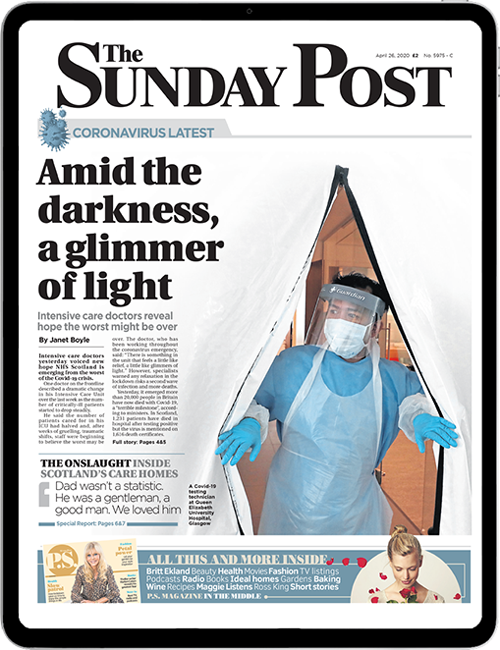
Enjoy the convenience of having The Sunday Post delivered as a digital ePaper straight to your smartphone, tablet or computer.
Subscribe for only £5.49 a month and enjoy all the benefits of the printed paper as a digital replica.
Subscribe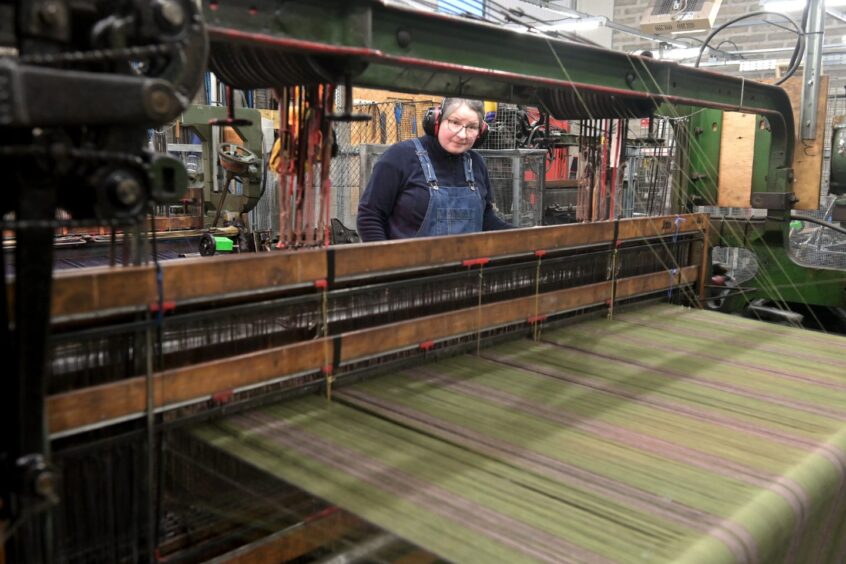 © Sandy McCook / DC Thomson
© Sandy McCook / DC Thomson © Richard Gardner/Shutterstock
© Richard Gardner/Shutterstock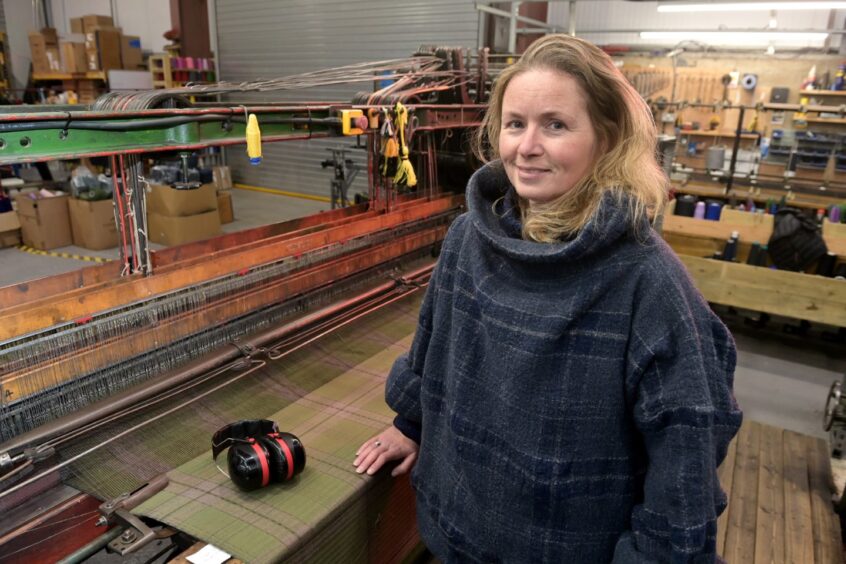 © Sandy McCook / DC Thomson
© Sandy McCook / DC Thomson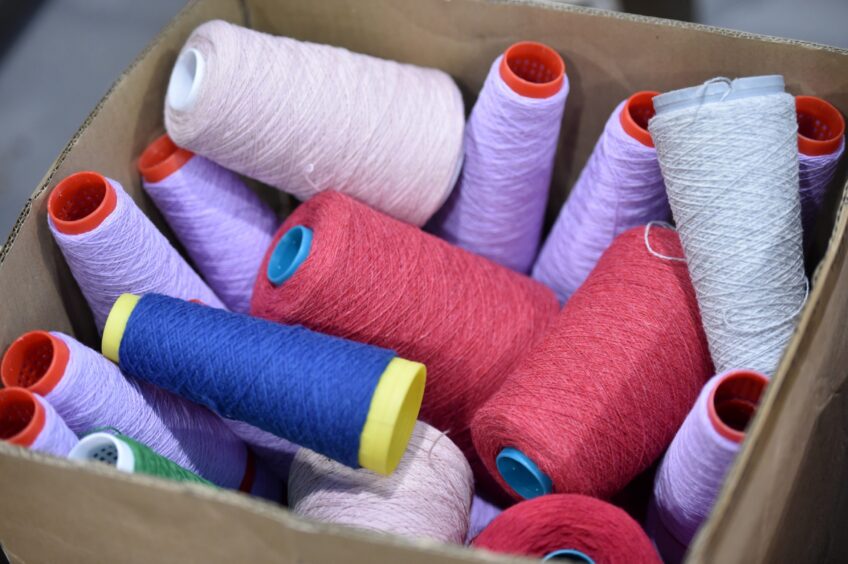 © Sandy McCook / DC Thomson
© Sandy McCook / DC Thomson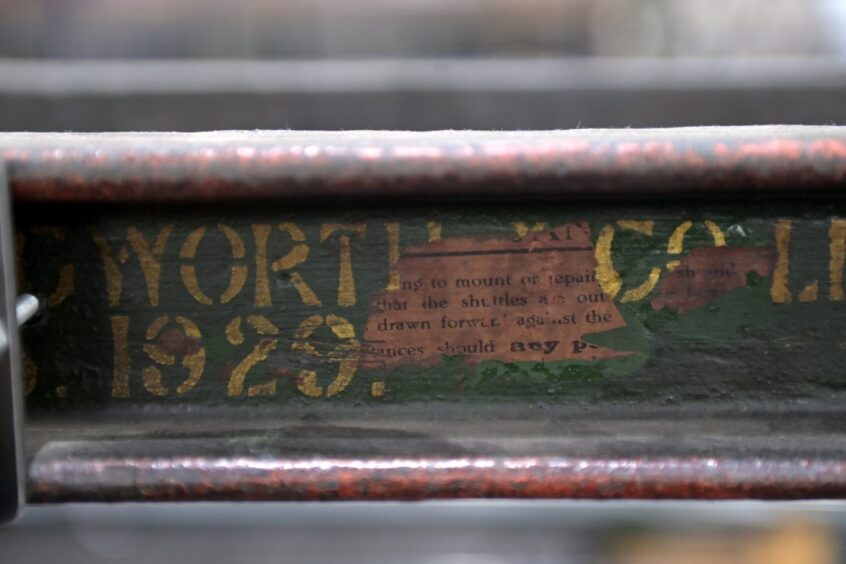 © Sandy McCook / DC Thomson
© Sandy McCook / DC Thomson